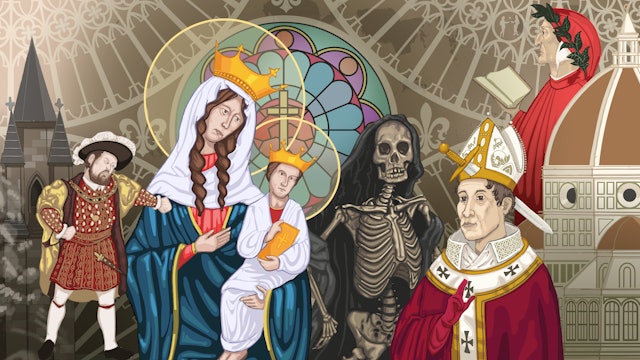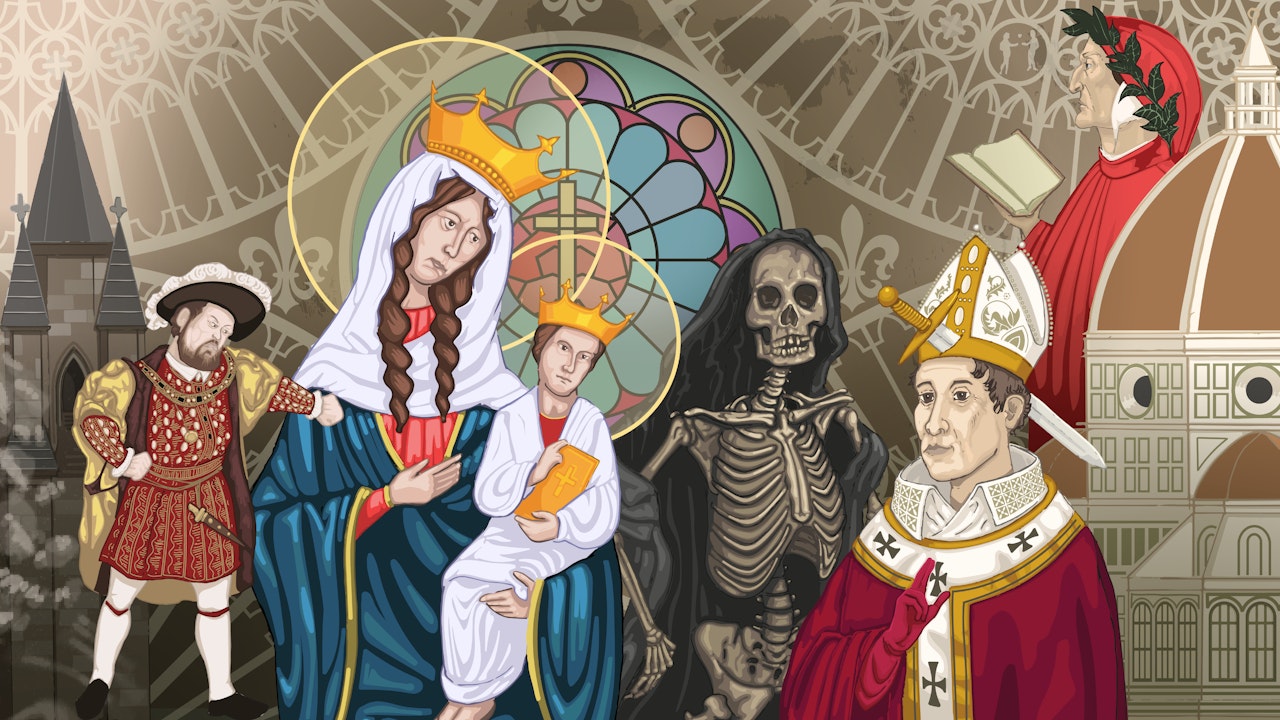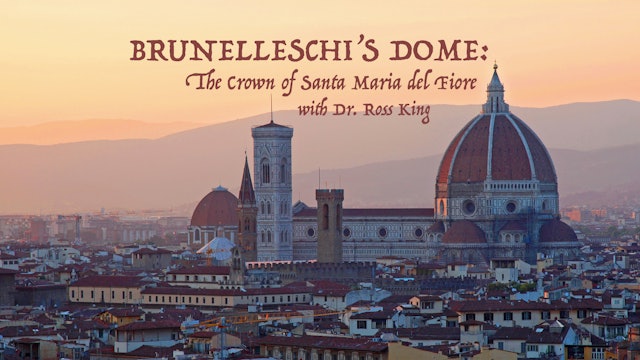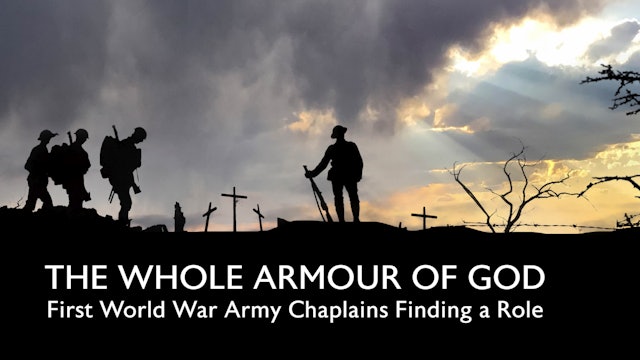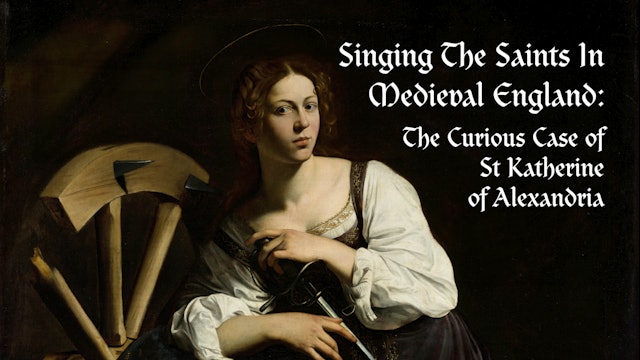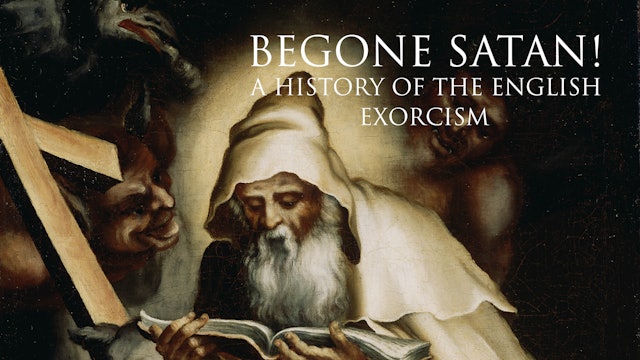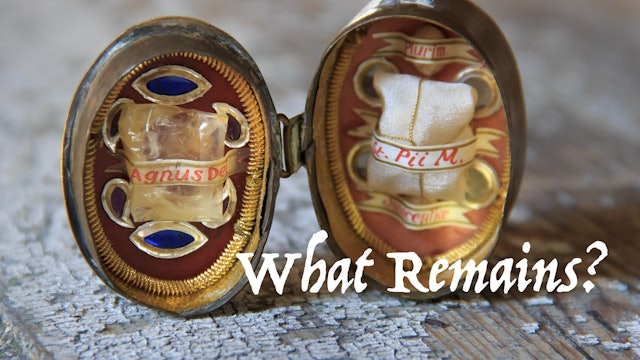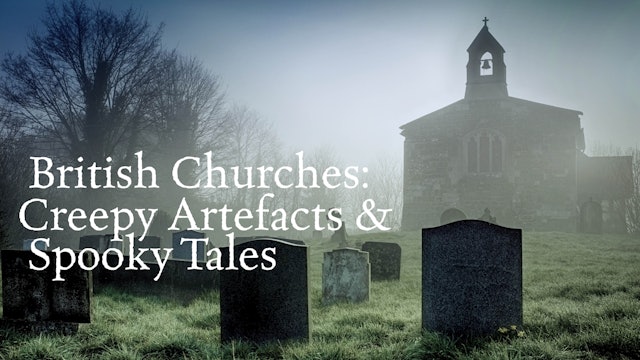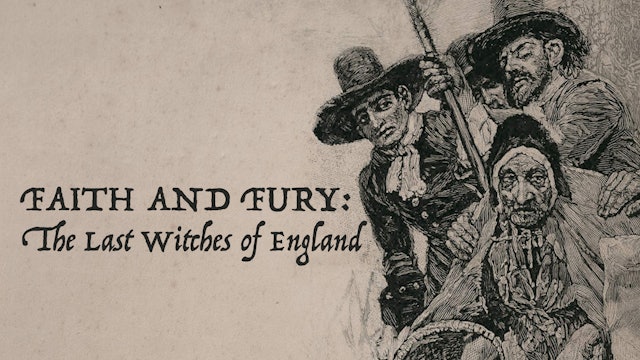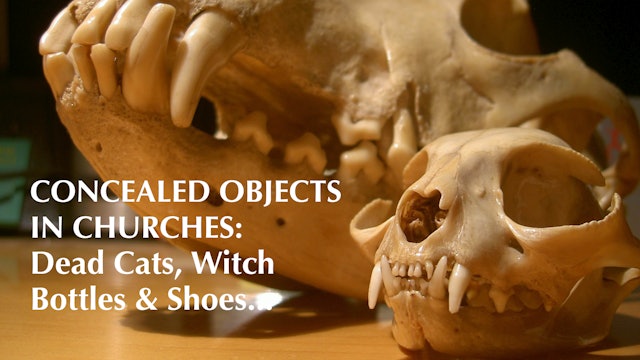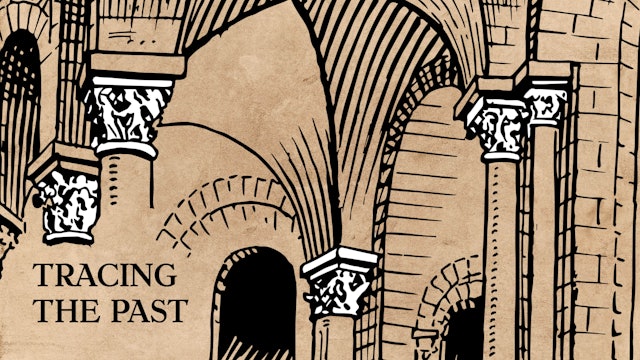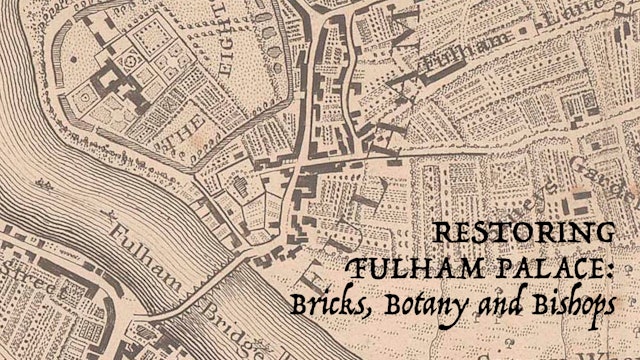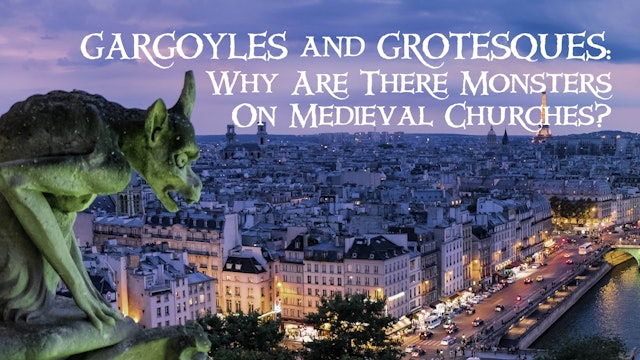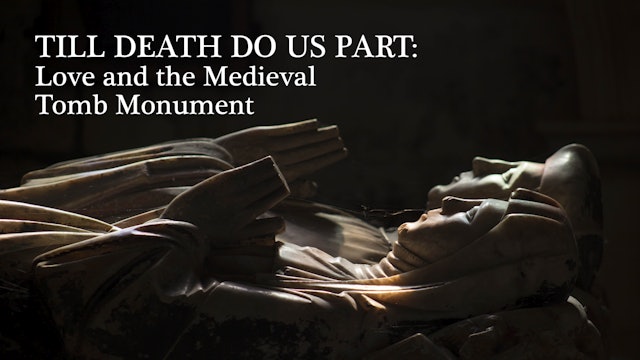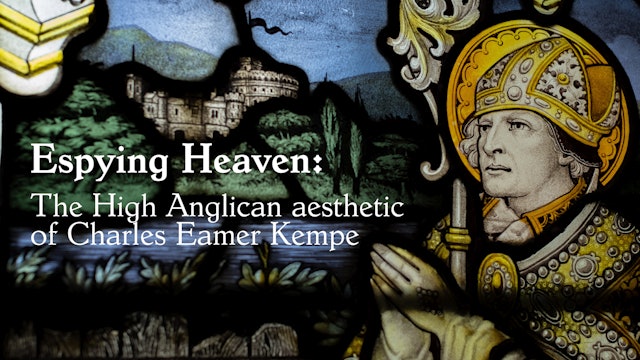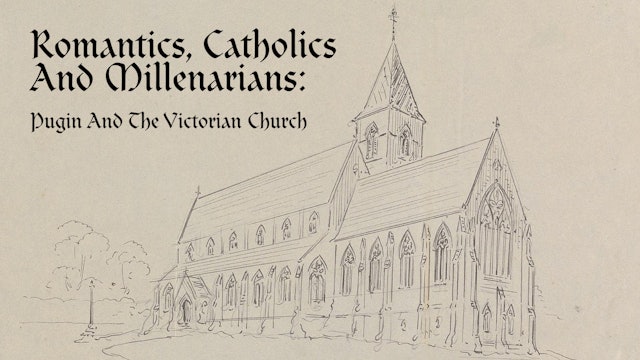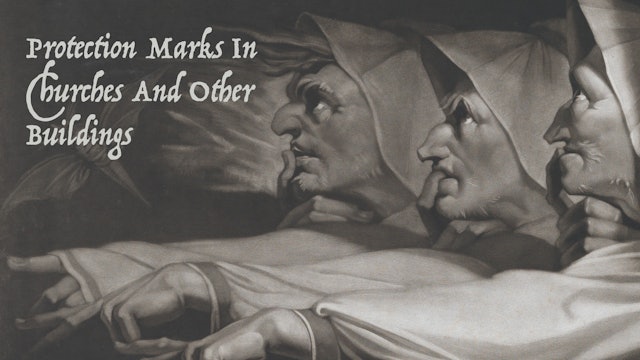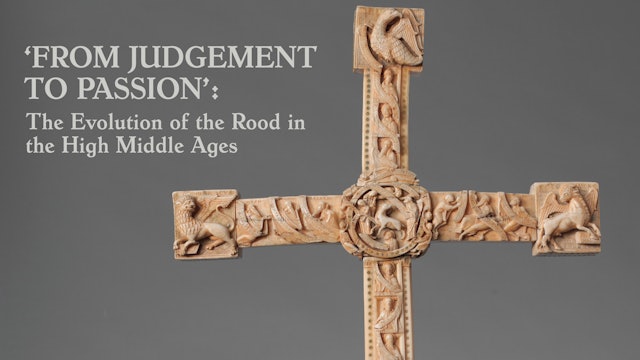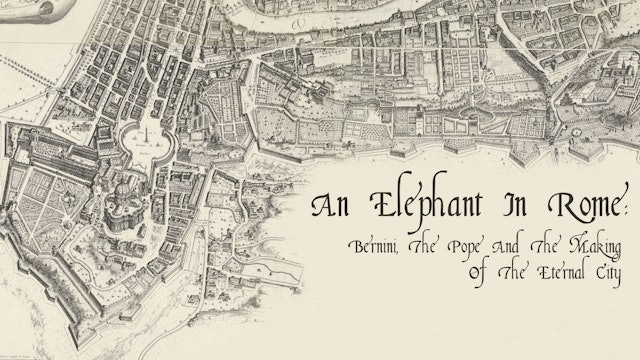Our Free Lectures
Whoever said churches were dull and boring clearly hasn't been following our weekly lecture series. Our free lectures take place live every Thursday online, but you can catch up on every single one right here. Our lectures explore everything from art, architecture, history, politics to even some pretty weird and wonderful topics too! Explore and watch them all here.
-
Brunelleschi's Dome: The Crown of Santa Maria del Fiore
The octagonal dome that was to crown Santa Maria del Fiore, the cathedral begun in Florence in 1294, presented the most daunting architectural puzzle of the age: how to raise the highest and widest vault ever attempted. The cupola was to have a span greater than the Roman Pantheon - the world’s l...
-
The Whole Armour of God: First World War Army Chaplains Finding a Role
In February 1919 the Army Chaplains Department received the accolade of becoming the Royal Army Chaplains Department in recognition of the work they had carried out in the First World war.
Total war brought many challenges to the department and the talk will examine their success in finding a ro...
-
Singing the Saints in Medieval England: Curious Case St Katherine of Alexandria
The art and architecture of medieval churches was inextricably linked with the rituals that inhabited them: the Christian liturgy. Every year on November 25th, churches and monasteries across the country resounded with plainchant and polyphony dedicated to the saint that England had come to claim...
-
Begone Satan: A History of the English Exorcism
The rite of exorcism, a formal casting out of Satan and his demons, was once part of everyday life in the English parish - not only in the liturgy of baptism, but also in formulas used for the exorcism of pests from crops, and even as a cure for toothache. More dramatic exorcisms sometimes took p...
-
What Remains?: The Gory and Gruesome History of the Medieval Cult of Relics
In medieval Europe, relics of dead martyrs were the ultimate must-have, venerated by princes and paupers alike. And the associated market for them was big business; a huge industry with an infrastructure to match. Crumbling bone, ravaged human hair, withering chunks of flesh, and the blood-soaked...
-
British Churches: Creepy Artefacts and Spooky Tales
This talk will investigates some of the spooky artefacts found in, and ghostly tales centred around, Britain's churches. From the ranks of macabre funeral effigies lurking in Westminster Abbey to the flaming black hellhounds of Suffolk, from human hearts hidden in pillars to sightings of ghostly ...
-
Faith And Fury: The Last Witches of England
On the morning of Thursday 29 June 1682, a magpie came tapping at the window of a prosperous Devon merchant. Within hours, his household had convinced itself that the bird was an emissary of the devil sent by witches to destroy their lives. As the result of these allegations, three old beggar wom...
-
Why Do Churches Close?: Why Are They Closing In Growing Numbers Today?
This lecture explores various themes and places churches in the contexts of what is evidently an accelerating secularization of British society. Why were churches once so popular and widely used - and why have these things altered so profoundly? Are we able to identify patterns of closure across ...
-
Concealed Objects in Churches: Dead Cats, Witch Bottles & Shoes...
In this lecture Brian Hoggard will discuss the practice of concealing objects in buildings, something which was used to ward off evil influences. These practices are well known in secular buildings but it isn’t so widely known that it also occurred in churches. Objects like concealed shoes, dried...
-
Tracing the Past: A digital analysis of the medieval vaults at Nantwich
Some of the most remarkable features of medieval works of architecture, particularly greater churches and cathedrals, are the ribbed vaults spanning their interior spaces. For over nine hundred years, they have inspired worshippers and visitors alike, their eyes drawn heavenwards by these captiva...
-
Restoring Fulham Palace: Bricks, Botany and Bishops
The site of Fulham Palace has been occupied for over 5,000 years, probably because of its location next to an important crossing of the Thames. From 704 AD to 1973 it was the home of the Bishop of London and is one of the oldest estates in the country.
Fulham Palace Trust was established in 2011...
-
Gargoyles And Grotesques: Why Are There Monsters On Medieval Churches?
Gargoyles and grotesques are an immediate and appealing feature of many historic churches and cathedrals. Often carved into fantastic monsters and imaginative, bold, sometimes obscene figures, they have largely been dismissed as whimsical and indeed, incongruous with their setting, at best someth...
-
A Caribbean Island Cathedral Graveyard; Memorials, their Meanings & Significance
This talk will explore the memorials at the St George’s Anglican Cathedral in Kingstown, St Vincent. The current cathedral celebrated its 200-year anniversary in 2020 but there has been a place of worship and site of burial on the site for far longer, and as such, the extant memorial in the cemet...
-
Military Effigies Of The Yorkist Age
This talk will explore knightly effigies carved between 1461-1485, together with an historical background for the use of alabaster, which the large majority are made from. The mid-late fifteenth century is the zenith for the use of plate armour and this talk will explore this fascinating period f...
-
The Dead Beneath Our Feet: The English Ledgerstone, 1650-1850
Ledgerstones, being the marble slabs set into the floor of many medieval churches, seal the graves of members of the middling sort of the Stuart and Hanoverian period who, as a result of their social status, were afforded burial within their parish church. They contain important family informatio...
-
Till Death Us Do Part: Love and the Medieval Tomb Monument
Medieval tombs often depict husband and wife lying side-by-side and hand-in-hand, their love immortalised in elegantly carved stone: what Philip Larkin's poem An Arundel Tomb later described as their "stone fidelity". But there is more to these declarations of post-mortem love than meets the eye....
-
Bells, Smells, and Persecution: Glimpses into the Anglican Catholic Revival
Over the past 160 or so years, the Catholic Revival (embracing the Oxford Movement, Tractarians, Prayer-Book Catholics, Anglo-Papalists – or what most people call ‘Anglo Catholics’ or ‘High Church’) has gradually enriched the very ‘comprehensive school’ that is the Church of England. It has broug...
-
The politics of Redundancy
The Church Commissioners played a ubiquitous part in the life of the Church of England across the second half of the twentieth century. Established by the union of the Church Commissioners and Queen Anne's Bounty in 1948, the body was devised to oversee questions of pastoral reorganization in eve...
-
Espying Heaven: The High Anglican Aesthetic of Charles Eamer Kempe
Charles Eamer Kempe was an influential but controversial figure in the world of Victorian stained glass. His friendship and collaboration with the architect George Frederick Bodley helped to establish a distinctive High Anglican aesthetic that has yet to disappear entirely, but his life and legac...
-
Romantics, Catholics &and Millenarians: Pugin and the Victorian Church
A W N Pugin (1812-1852) is now most famous as the co-designer of the Houses of Parliament. His greatest influence, however, was as a church architect. In his short life he transformed church design across Britain and Ireland and his influence extended to America and Australia. Born an Anglican he...
-
The Unlikely Story Of How Oxford Invented The Modern Church
Join Professor William Whyte of Oxford University as we look at the early beginnings of the Oxford Movement, including the Key Players who helped to shaped and define the Church and whose beliefs and values saw the appearance of churches change in England.
-
Protection Marks In Churches and Other Buildings
In old buildings many subtly carved marks can be found on stone, plaster and timber with a variety of meanings and purposes. There are masons’ marks, carpenter’s marks, merchants marks, shipping marks, historic graffiti (covers a wide range) and then there are protection marks.
In this short pre...
-
'From Judgement to Passion': The Evolution of the Rood in the High Middle Ages
The focal image in almost every late medieval English church would have been a large crucifixion at the east end of the nave, usually mounted above the chancel arch on a screen or beam. Of the many hundreds of these monumental roods that must once have existed, only a handful of fragments remain....
-
An Elephant In Rome: Bernini, The Pope, And The Making Of The Eternal City
In 1655 a new Pope, Alexander VII, fired with religious zeal, political guile and a mani for building, determined to restore the prestige of his Church by making Rome the must-visit destination for Europe’s elite. To help him do so, he enlisted the talents of Gian Lorenzo Bernini, already celebra...

